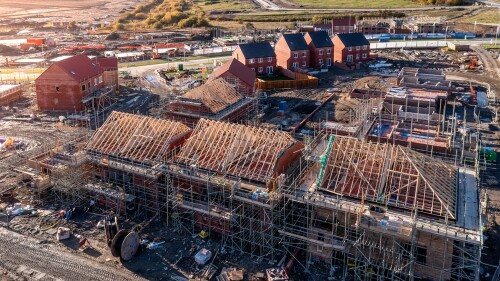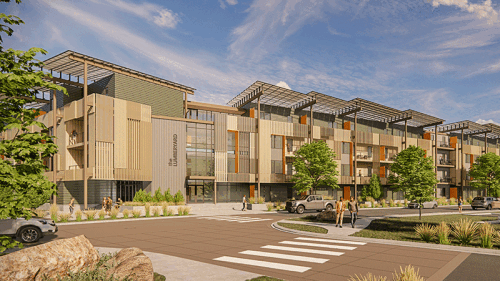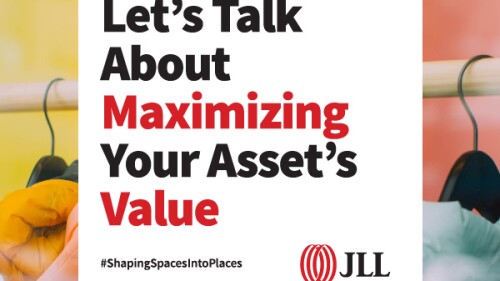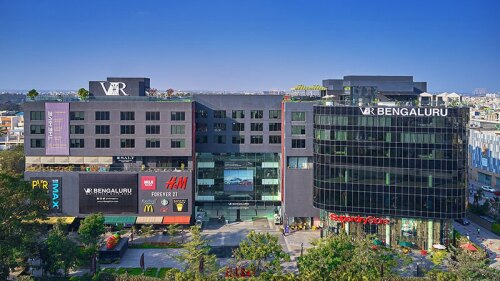Property Types
Hotels and Resorts
Everybody is talking about authenticity. It is mentioned practically on a daily basis in the real estate world. But authenticity is more than a buzzword to boost returns. It is a must-have component of successful placemaking.
The hotel industry in Japan is evolving, with new lodging models emerging, some of which incorporate elements of the burgeoning sharing economy. A panel of real estate and hotel experts at the ULI Japan Fall Conference, held in Tokyo in November, discussed the “capsule hotel” and other models in Japan.
According to research by Marcus & Millichap, the accelerating U.S. economy, supported by strong employment growth and rising confidence levels, bodes well for continued hotel property performance. Elevated consumer and business confidence levels will likely buoy room demand through the remainder of the year, keeping occupancy at a record high and supporting growth in revenue per available room.
Industrial
The Punggol Digital District, set to launch in 2023, will form a fresh nexus between higher education and industrial innovation, with its two anchor institutions being the Singapore Institute of Technology and a new business park developed by JTC Corporation, an industrial property developer and manager.
Developers are under more pressure than ever to include features in their buildings that are good for the environment, good for their workers, and good for the surrounding community, said experts speaking at the ULI Fall Meeting.
Demand from growing cloud-computing providers has set the U.S. data center market on pace to break 2017’s record leasing activity, according to CBRE’s latest U.S. Data Center Trends Report. Northern Virginia and Phoenix are also seeing significant new construction to meet demand.
Mixed-Use
Spanning 80 acres (32.4 ha) and 1 million square feet (93,000 sq m) of industrial space, The Works is located off Chattahoochee Avenue, a once-quiet industrial corridor on the west side of Atlanta. This pocket of the city—now known as the Upper Westside with a new CID to prove it—has seen explosive growth since plans for The Works were announced in 2017.
Chicago has become one of the many major cities nationwide whose downtown office market has been negatively affected by the pandemic and the associated increase in remote work. To boost development in its downtown core, the city of Chicago recently announced that it will offer $150 million in subsidies to real estate developers. The move will help develop more than 1,000 apartments in four separate adaptive-use developments.
According to the World Green Building Council, buildings currently account for a staggering 39 percent of global emissions, while trillions of dollars’ worth of real estate assets are at risk due to climate-related disasters. At the same time, utility providers are struggling to scale infrastructure to meet growing energy demands spurred by economic growth and development and unprecedented temperature extremes resulting in higher than usual utility charges and devastating outages. Now more than ever, the industry’s progress toward net zero emissions and resilience is critical.
Multifamily
A panel of sustainability experts recently gathered at the 2025 ULI Resilience Summit in Denver to discuss how the insurability of affordable housing can be greatly enhanced by using resilient construction.
As it contends with the same post-pandemic challenges that confront other urban cores nationwide, downtown Denver is leveraging public/private partnerships to bring back vitality. At the ULI 2025 Spring Meeting in Denver, Colorado, five leaders involved with the city’s revitalization shared recent successes and plans for Denver’s future.
ULI has launched C Change for Housing, a major new pan-European program designed to mobilize the real estate industry around two of society’s most urgent and interconnected challenges: the climate crisis and housing affordability.
Office
After a quiet first half of 2024, CMBS originations increased 59 percent in Q3 on a year-over-year basis, according to the Mortgage Bankers Association’s Quarterly Survey.
The outlook for the European real estate market is cautiously optimistic despite growing geopolitical uncertainty and concerns about economic growth, with London, Madrid, and Paris emerging as the standout performers, according to a new report by PwC and the Institute.
Released during the Institute’s 2024 Fall Meeting in Las Vegas, Emerging Trends in Real Estate® North America predicts Dallas-Fort Worth, Miami as leaders in 2025
Residental
After another active hurricane season, Florida’s resilience continues to be a huge and growing practical and financial priority. Strategic planning focused on strength and durability is helping mitigate wind and flood damage.
Resort communities are appealing places to live year round, with stunning natural beauty and recreational opportunities in abundance. However, the same factors that make these places attractive can make them difficult for locals.
The ULI Terwilliger Center for Housing has selected government bodies in San Diego and Washington, D.C. as winners of the 2022 ULI Robert C. Larson Housing Policy Leadership Award.
Retail
SPONSORED CONTENT:When searching for the right property management firm, there are many factors to consider. For instance, are you looking for someone who will simply maintain your asset, or are you seeking a true partner that will work diligently to proactively add value to your investment? At JLL Retail, you’ll find a team of dedicated value creators.
During the recent ULI Asia Experience the Experience retail summit, real estate developer, owner, and operator Sid Yog, founder of the Xander Group and chairman of Virtuous Retail (VR) South Asia, discussed the broader Indian retail sector, as well as several of the company’s recent urban Indian retail developments. Joining him in the conversation was Susheela Rivers, office managing partner, co-chair for the global real estate sector, and head of real estate Asia Pacific for DLA Piper.
At the 2020 ULI Asia Pacific Leadership Convivium, an international retail CEO shared her experience of engaging with customers, both offline and online, during the COVID-19 pandemic and how working with understanding landlords has helped create win/win outcomes.


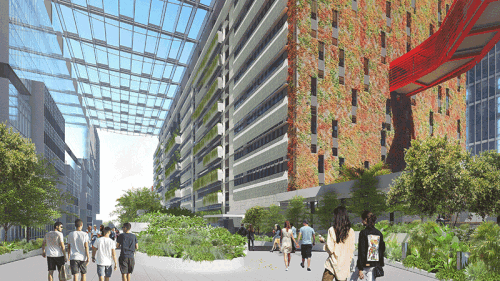
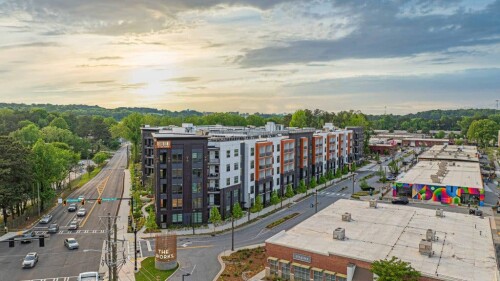
![30_north_lasalle_street_8712042[1].jpeg](https://cdn-ul.uli.org/dims4/default/4322ee3/2147483647/strip/true/crop/465x261+0+235/resize/500x281!/quality/90/?url=https%3A%2F%2Fk2-prod-uli.s3.us-east-1.amazonaws.com%2Fbrightspot%2Fcb%2Fbe%2Fec9022084f7ca4fca698c5e7c0d5%2F30-north-lasalle-street-87120421.jpeg)



